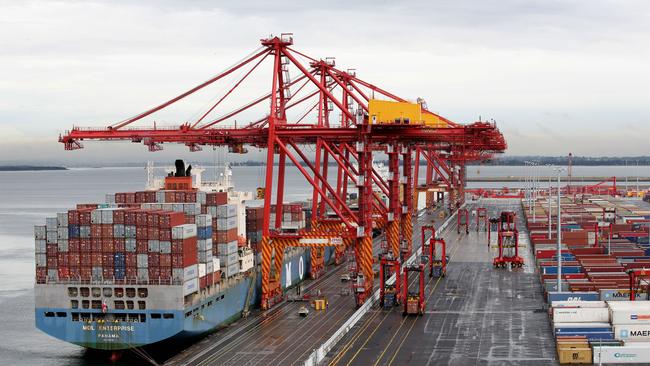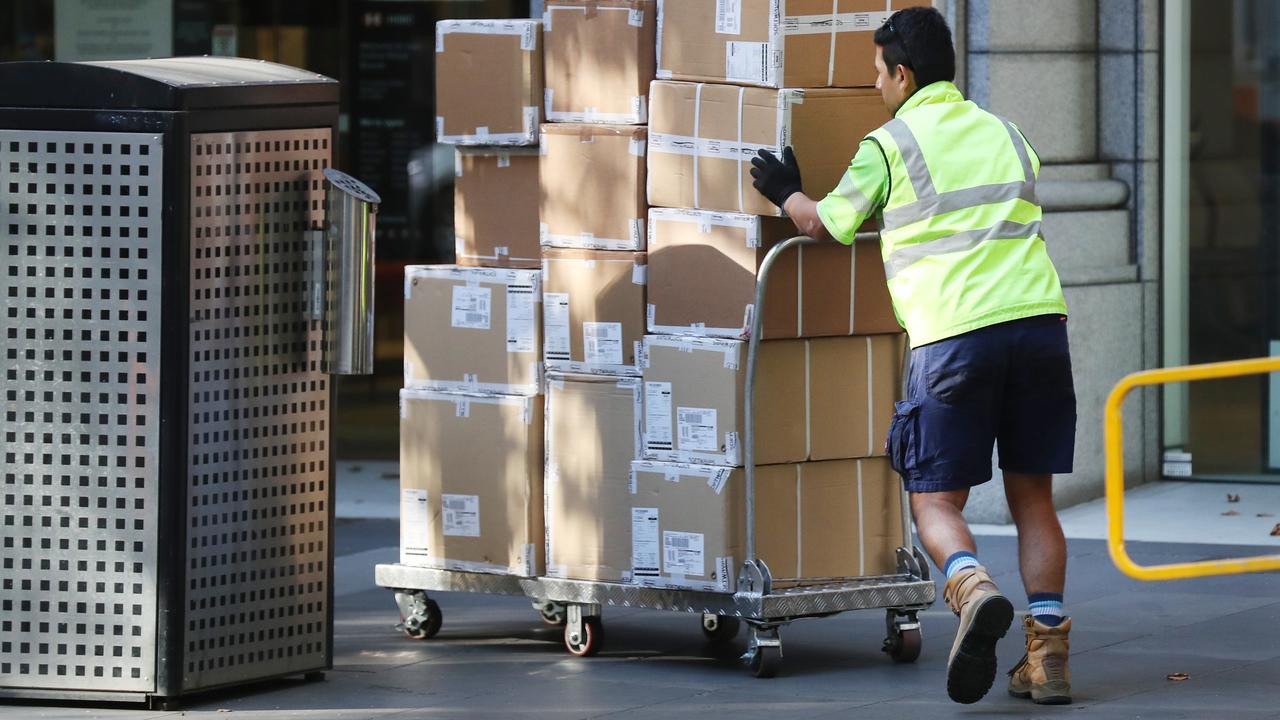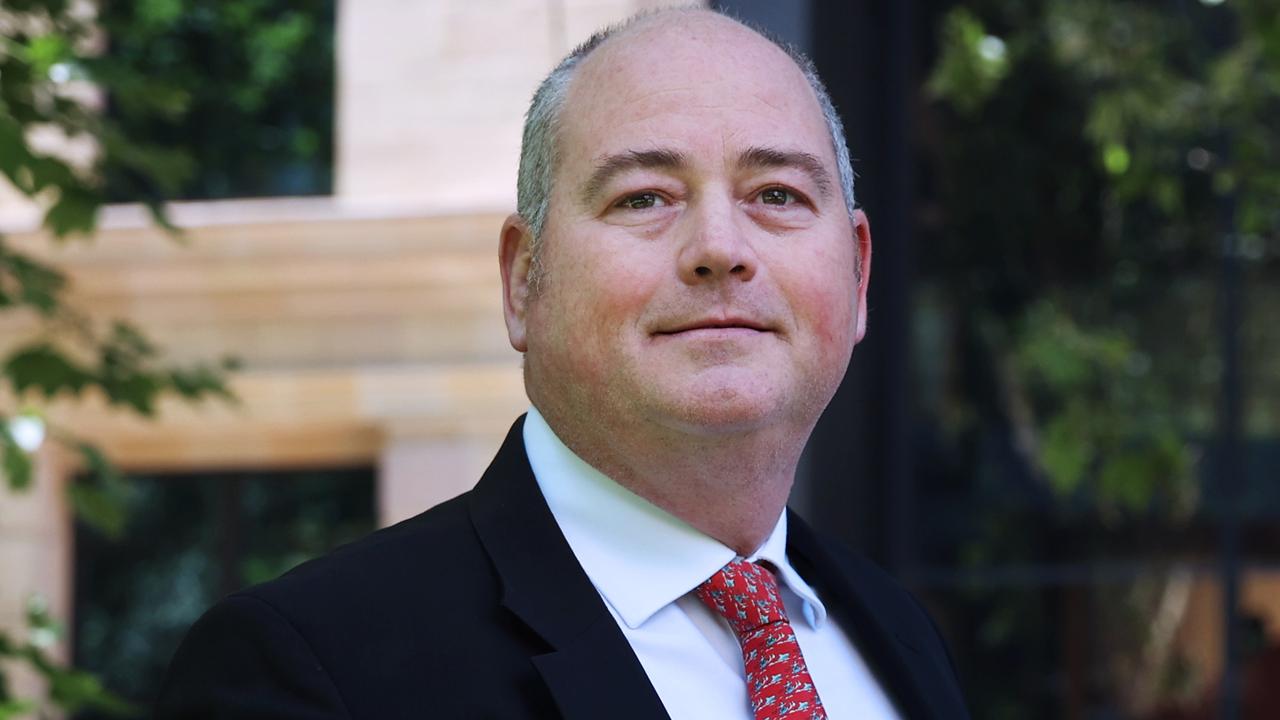Economic growth smashes expectations with 3.4pc lift fastest in almost six years
Australia has ended its 27th year of economic expansion on a high, with GDP expanding at its quickest clip in almost 6 years.

Australia’s economy completed 27 years of uninterrupted economic expansion in the second quarter, with solid growth lifted by consumer spending and government-led infrastructure programs.
Gross domestic product climbed by 0.9 per cent from the first quarter and by 3.4 per cent from a year earlier, the Australian Bureau of Statistics reported Wednesday.
The year-on-year result is the sharpest rise since the third quarter of 2012.
The Australian dollar jumped on the better-than-expected figures and was trading at US72.09 cents at 12.38pm (AEST) up sharply from around US71.75c ahead of the GDP print.
The key drivers were household consumption, construction, and mining. Coal mining logged its biggest contribution since 2014.
Economists had expected 0.7 per cent growth on quarter and a 2.8 per cent rise on-year.
“The national accounts for the June quarter highlight the strength and the resilience of the Australian economy, which is in its 27th year of consecutive economic growth,” Treasurer Josh Frydenberg told reporters.
Household spending jumped 0.7 per cent during the quarter contributing 0.4 percentage points to growth, while net exports contributed 0.1 percentage points.
Government expenditure rose 1.0 per cent in the quarter to continue its stellar growth through the year.
“(Household) consumption continues to hold up pretty well, facilitated by the savings ratio continuing to fall,” said JP Morgan economist Henry St John.
But he warned the strong growth was expected to weaken in the second half of the year as exports level out and consumers become unable to further draw down on their savings.
Momentum has built across the economy despite a worsening drought, with government budget revenues set to swell ahead of an election due by May 2019.
Other challenges on the horizon include the threat to global growth from the Trump administration’s stoking of trade tensions with China and the turbulence roiling some emerging markets.
Closer to home, house prices are in retreat, with Sydney feeling most of the pain. This is fanning fears that consumer spending, a key engine of the economy, will eventually buckle as the individual wealth effect fades.
The household savings ratio has dropped to its lowest level since just before the global financial crisis, a sure sign that household budgets remain under considerable strain.
There’s also little light in terms of a recovery in wages growth, a problem that has lingered for a number of years.
Reserve Bank of Australia governor Philip Lowe remains optimistic that Australia will grow at 3 per cent on-year this year and next, enough to keep unemployment falling and stoking inflation over time.
But the uncertain external environment, and the risk that the house price retreat could accelerate, has some economists more circumspect.
For now, the RBA has held interest rates at record lows for two years, with Mr Lowe saying Tuesday that a tightening of the policy screws is still “way off”.
“With house prices falling, credit conditions tightening, and the support from the global economy fading, the second half of the year probably won’t be quite as good,” said Paul Dales, chief economist at Capital Economics.
Pressure is also building on homeowners with several small and large banks recently raising mortgage interest rates in response to higher wholesale funding costs.
Westpac, one of the country’s big-four banks, raised its mortgage interest rate last week, with the remaining three banks expected to follow in time.
However, consumers are getting a boost from solid hiring which saw the unemployment rate approach a 6-year-low in July.
Australia’s mining sector is being supported by robust commodity prices and the expansion of liquefied natural gas exports.
If trade tensions rock China’s economy, Australia’s exporters of iron, coal and gas are expecting the world’s second largest economy to announce stimulus spending.
The Australian dollar has been falling in 2018 due to the rocky global environment. But the slide has been welcomed by the RBA and exporters.
With an election due by May, the political environment could also damp growth in the next few years.
A leadership battle in August saw Malcolm Turnbull tossed out as Prime Minister, replaced by his former Treasurer Scott Morrison. The upheavals in the ruling Liberal Party were not welcomed by voters, with support for the government plummeting in opinion polls, raising the prospect of a Labor Government.
Dow Jones, AFP





